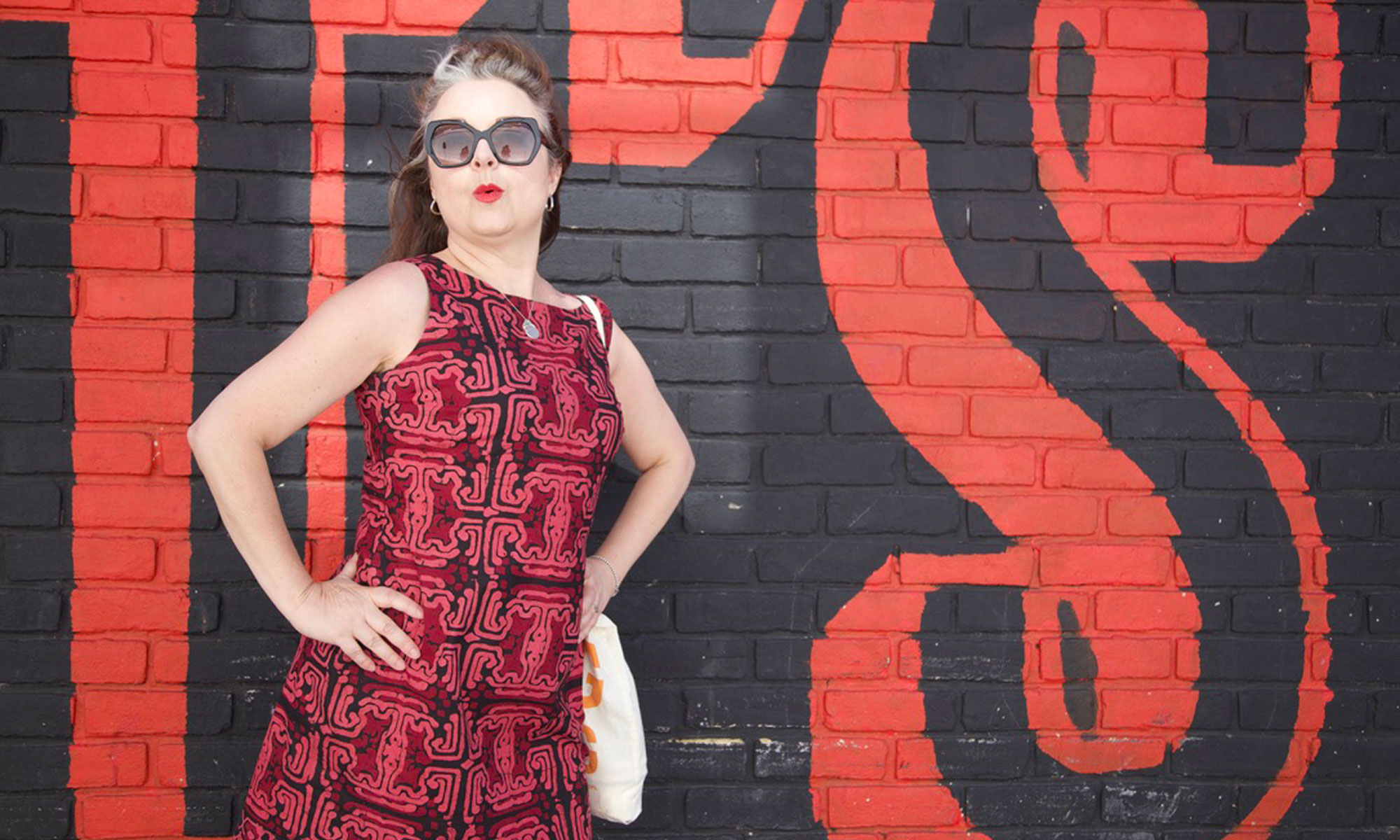
Today I would like to share a review of a great book that is already my best friend and bible for #Blazerof2016. The lovely people of Bloomsbury Publishing have not only sponsored me this fabulous book but have also sent an extra copy for one other lucky reader!
The title of the book is Classic Tailoring Techniques for Menswear: A Construction Guide. And this is the 2nd edition written by Roberto Cabrera and Denis Antoine since it first published in 1983.
My bookshelves are home to all sorts of sewing literature but when it came to ventures in proper tailoring techniques, none of them books scratched that itch, if you know what I mean.
I am a woman on a mission with a man’s jacket to make before June is out. Jamie has already completed his stunning plaid blazer and panic was beginning to set in fast. But now I have my trusty guide I feel the journey will be easier.
If ever I was doubting the ‘why’ of tailoring, the short and concise intro reassures the reader of the unsurpassable techniques over faster more modern ways to achieve that impeccable finish. It gives a brief but insightful history that inspires a preparation for a very slow but satisfying journey ahead!

The contents include the following chapters: Tailoring; The Pattern; The Fit; The Fabric; Layout and Cutting; The Jacket; The Pants; The Vest; and Alterations.
There then follows an extended table of contents which allows the reader to go straight to the finer points within each chapter. The Jacket is clearly my primary concern and so when I come to pockets, I now have all the necessary information to create a welt, cash, patch, double-piped or double-piped pocket with flap should I choose to add one… or all of them!
As a book designer myself I’m very particular about presentation and I am a stickler for levels of information. So I’m very happy to report that I found the inside layout to be very clean and concise. The font is classic and unfussy, a good size with comfortable space and set in good readable chunks.
I must admit, at first I was disappointed by the black and white photography. It does appear take away some visual interest but on further inspection, all becomes very apparent. The hand-stitches which are crucial to the tailoring process along with other key marked areas are highlighted in red against the greyscale photography and therefore are easily recognised without distraction. It’s a more sophisticated approach than the sole use of line-drawn illustrations and diagrams which can sometimes be too graphic and disassociated with the real thing. Colour photography would have looked lovely – especially to see some of those coloured tweedy fibres – but style over substance would have been useless in this instance. I’m after good, clear and immediate instruction and this is what this book delivers.
The reality of the photography delivers on other levels too: you can identify the lay of the fabric, how it ripples, how it rolls, how it behaves. You’d never get that across with any amount of linework!
That said. This book also displays some fine line drawings which hone in on the tiniest details.
All the tailoring and understructure supplies you will need are clearly listed and defined along with necessary techniques and hand-stitches. And there is a very well explained section on how to take measurements. The repeated photo of the man in white pants is a little distracting but as I mentioned before, far more preferable to a line drawing. It’s easier to see exactly where on the body those measurements should be taken. Nothing left to the imagination here!

And fitting is obviously a major part of the process. This section does good to address posture and body imbalance and how to identify the issues. I’m focussing on the jacket here and where wide shoulders and a stooped posture adjustment might come in dead handy, but should I venture into tailoring trousers in the future I’ll be ready for any amount of bow-legs, knock-knees and flat bottoms!
There is brief but great insight into the world of wool fabrics that are used in tailoring. The weights, the textures and the usages; naps, shrinkage and how to straighten a grain. This section may have benefitted from some colour just to see those checks and stripes pop, but again. It’s just the information I need. I can go see and stroke any amount of fabrics up the Goldhawk Road for that kind of fix!
Laying and Cutting Out covers exactly how the professionals do it. Great to see the hands at work and of course a vital section on matching plaids/checks and stripes.

When I got to the Jacket section I was a bit overwhelmed. So much stuff to learn. But that is the whole point. I want to learn. And I want to have reference to it all. I want to get good at this and there is no fast track way. Just slowly and properly and remembering to enjoy each little step-by-step instruction. I’m really looking forward to making some shoulder pads. There’s a great how-to with a pattern at the back of the book. Incidentally there are also traceable patterns included for a French fly and a French tab and some other elements that I’m not going to pretend I know what they are yet!
The Trousers and Waistcoat sections are just as detailed. Covering the classic tailored processes for each stage. No stone unturned, it would seem.
The final section covers Alterations, which will prove invaluable if I ever I fancied some more unselfish sewing further down the line. And already I am inspired to pick up on the advice for relining a jacket. Something I have been putting off for so long (see this Boer War jacket). It is so simply and brilliantly explained that it makes me feel daft for every doubting my capabilities! And if you ever need to alter a pair of trousers for the man who has muscular inner thighs, look no further.
In fact, it’s all there: what you need, and what exactly you need to do to achieve each stage of a perfectly classic tailored jacket, waistcoat or pair of trousers. Brilliantly presented and clearly explained… in black and white (and red)!
If this little review of Classic Tailoring Techniques for Menswear has whetted your appetite, click here to be taken to Fairchild Books – an imprint of Bloomsbury Publishing– where you can buy one for yourself and peruse all the other amazing fashion titles they have on offer.
Or if you fancy winning yourself a FREE copy, simply leave a comment below and let me know how you are getting on with #Blazerof2016 or indeed any other tailored garment you have plans for. Entries will be drawn on 30th April and the winner announced on 1st May 2016. It really is a fabulous prize – good luck!
Both the review and the giveaway copyies of Classic Taloring Techniques for Menswear were kindly given to me free of charge by Bloomsbury Publishing. All opinions expressed are my own.





























